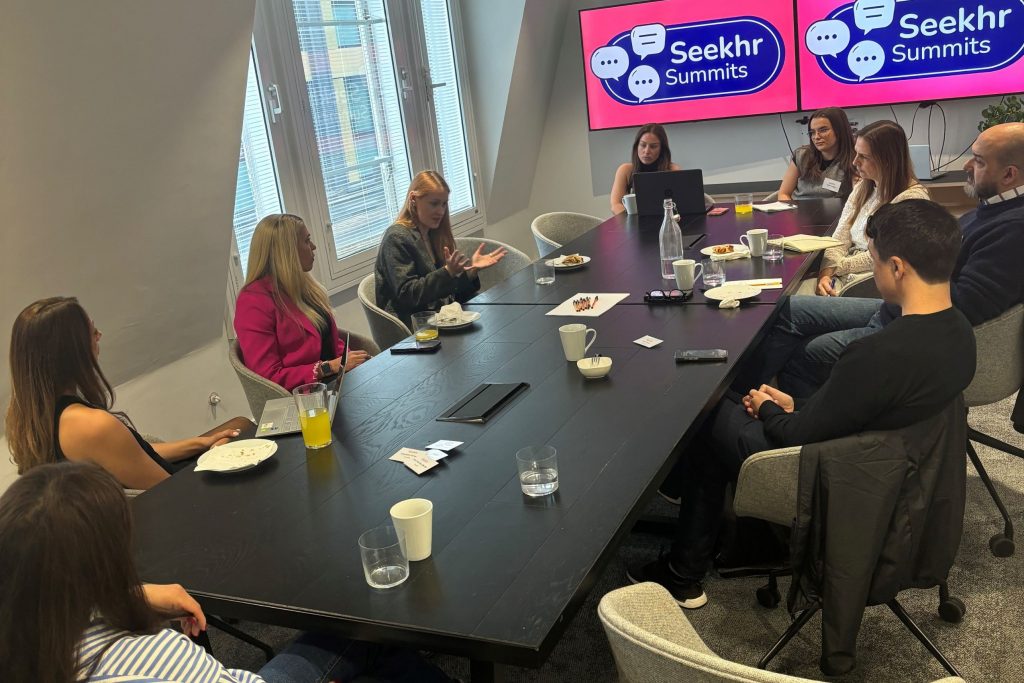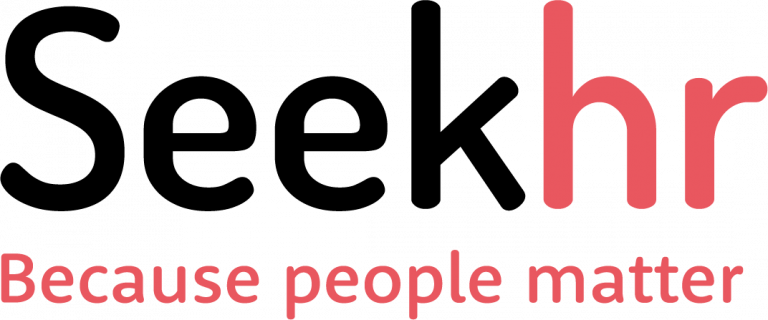On the 14th of May 2024, our recruiters held our first roundtable event of the year. Bringing together the top CPOs and People Directors in our network, we discussed how HR teams can rebuild employee trust within an organisation.
Topics included:
- Prioritising relationships and personal connections
- The importance of committees in promoting DE&I
- Fostering transparency
For key takeaways from the morning’s conversation, keep reading!
Prioritising relationships
Creating trust starts with relationship building. A workplace environment where people feel valued not just for their work but as individuals can have a profound impact.
Small interactions, such as, taking the time to learn about employees’ preferences, likes, and dislikes – whether it’s their favourite snack or hobby – can demonstrate a level of care and attention that goes beyond the typical employer-employee relationship. This could be as simple as remembering to stock the office kitchen with items that employees genuinely enjoy. Such gestures, though small, show that you are attentive and considerate of the small comforts that can make the daily grind more enjoyable.
Back to basics
With the modern hybrid-working policies that most businesses have in place, it can be easy to neglect the basics and get lost in the daily grind.
Informal interactions can often lead to insights about an employee’s background, interests and life outside work. These moments are opportunities to demonstrate that you see your team members as complete people with lives outside of work, not just as cogs in the business machine.
The importance of committees
One challenge faced by HR teams is the pressure to own a number of channels within their organisation. This can include:
- Diversity, equity and inclusion
- Environmental impact
- Corporate social responsibility
- And more!
Overseeing these as well as their usual responsibilities can be difficult to manage and often means that some of these important topics are neglected. To help manage them, many businesses have implemented internal committees who oversee each.
Building trust with employees from unrepresented groups
These groups provide a platform for diverse voices and foster a sense of belonging and inclusiveness. HR teams should work closely with these committees to keep informed of updates and know how they can support them.
By appointing champions from each group, such as representatives for specific diversity groups, HR departments can ensure a wide range of perspectives are considered in decision-making processes. Regular catchups with these representatives enable HR to stay closely connected with the unique needs and concerns of all employee segments – not just those that are more visible or traditionally recognised.
This approach not only helps in accommodating specific needs, such as cultural observances, but also demonstrates a proactive commitment to inclusivity. As one participant highlighted, such committees are instrumental in gathering insights and implementing small, impactful changes that signal to employees that their voices are heard and valued. This ongoing dialogue builds a foundation of trust, showcasing HR’s dedication to genuinely supporting and understanding its diverse workforce.
Fostering transparency
Transparency is a powerful way to build trust and employee alignment across a business. Being transparent about what your company needs and what it truly is at its core isn’t just about sharing information. It’s about building honest relationships across all levels. When leaders openly discuss the actual state of the business, including its strengths and shortcomings, it helps set realistic expectations and fosters a culture of honesty and open dialogue.
To ensure trust and improve employee retention, you should be as transparent as possible throughout the employee lifecycle.
Honesty in the interview process
Transparency helps set the correct expectations for both potential hires and current employees. As a result, HR leaders should aim to be as transparent as possible when considering how the business is portrayed to potential hires.
Clearly communicating the company’s work culture during interviews ensures that candidates have a genuine understanding of what to expect. This openness helps to attract individuals who are not just able but also eager to work within your specific company. By being honest, you’re more likely to hire individuals who align with your company culture and ways of working. This will only result in higher retention rates.
The positives of transparency
Building a culture of honesty and transparency also has positives for your current employees. Employees who feel informed and respected are more likely to develop a strong, loyal connection to their workplace.
Transparency creates an environment where people feel more comfortable discussing their roles and contributions. When employees understand the true nature of their workplace, they can better understand how to contribute effectively. As a result, it’s likely that transparency will result in a more productive workforce.
A big thank you to our thought leaders
Thank you to the People & HR Leaders who attended this event, we hope you found it as insightful as us. If you missed out on this event, but are interested in joining us at the next one, please get in touch at hello@seekhr.co.uk
For your talent recruitment needs, get in touch!
Seekhr is a specialist recruitment agency focussing on people and talent hires, get in touch for support with your recruitment needs.




